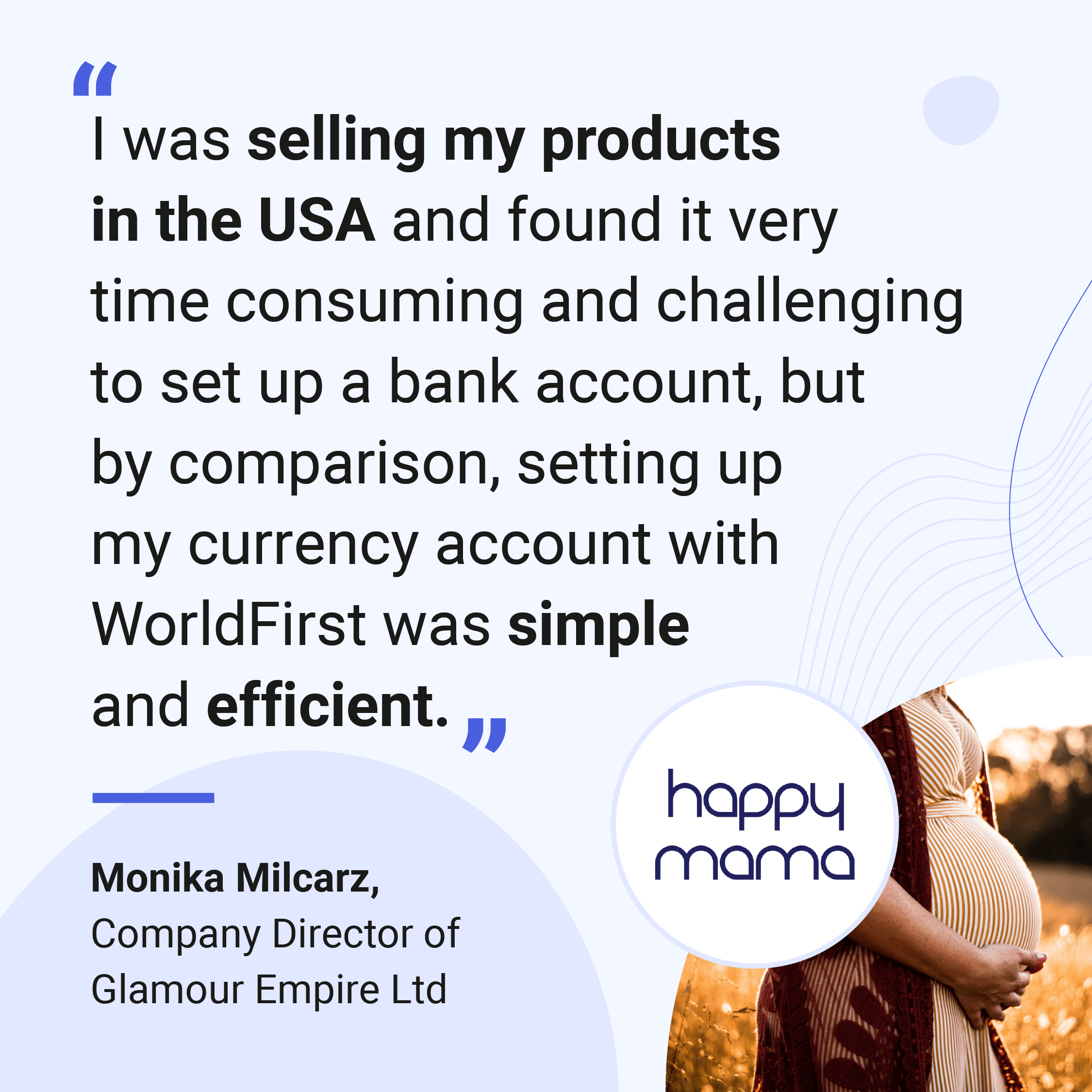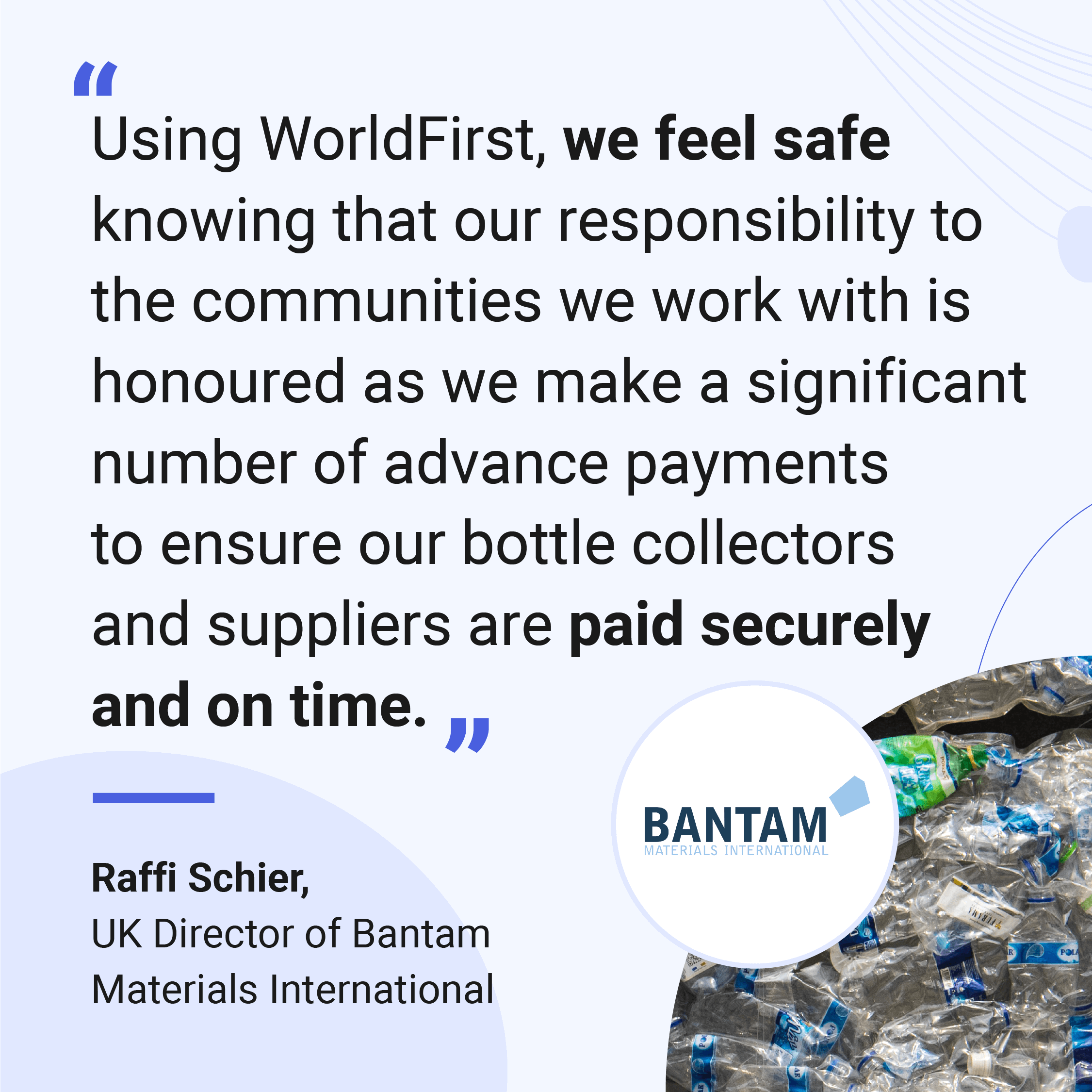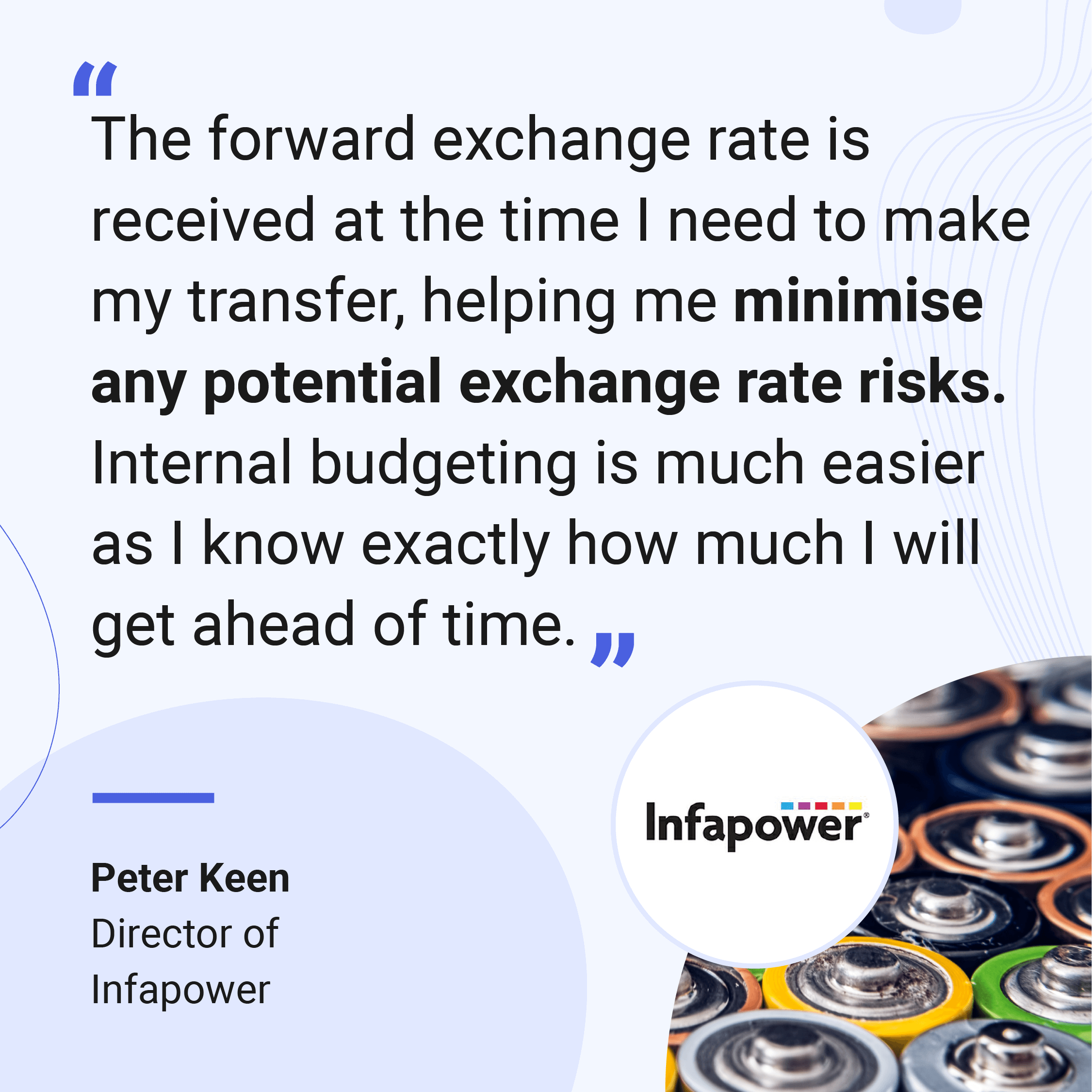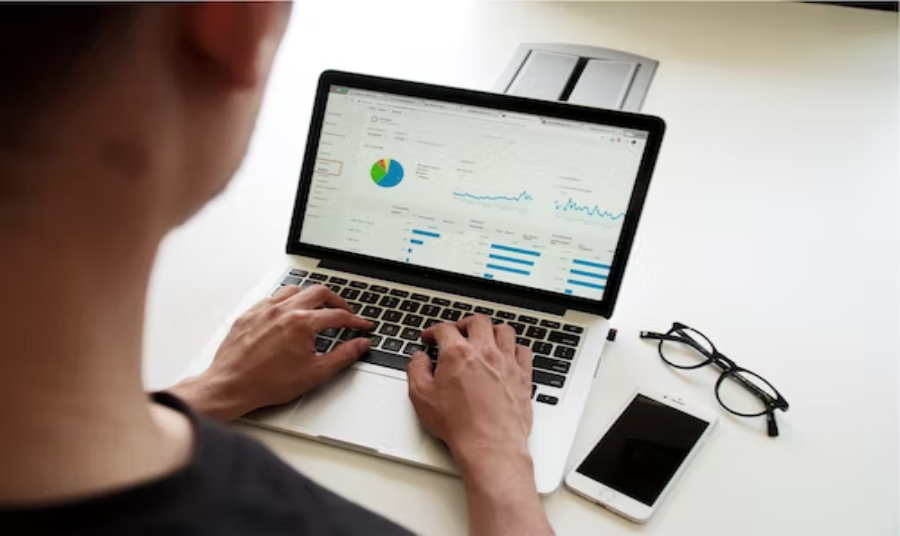
The exporter’s cashflow problem
Selling goods to overseas customers throws up some unique financing challenges. Long payment terms can make it significantly more difficult than working with domestic customers, but there are a few ways to finance your plans to get the most out of international trading.
Before we get into the types of finance that can help, let’s look at a typical example of the problems facing internationally trading businesses. Imagine your customer is in the USA, and your supplier is based in the Far East. Your American buyer sends you a purchase order for 1,000 units, so the next step is contacting your supplier in Asia and putting in an order for the goods. You’ll probably have to pay your supplier before the stock is shipped (or at least a chunky deposit), then you’ll wait a few weeks while it makes its way to the UK.
Once processed, you’ll ship the goods out again, and it’ll take another few weeks for them to arrive at your buyer’s door in the States. Finally, your customer will probably pay you on terms via invoice, perhaps 30 days after delivery. All these delays add up, so you could be left out of pocket for three months or more between paying your supplier and receiving payment from your buyer. For an order as big as 1,000 units, that could add up to a large sum of money that’s outstanding before you’ve made anything back. Here are a few of the ways you could use finance to solve this problem.
Trade finance
Trade finance is designed to fund the payment gap at the start of the process. It’s based on purchase orders, so it’s sometimes known as "purchase order finance". To go back to our example, you’d show the trade finance lender the purchase order from your American customer, proving that you need to buy 1,000 units to send on to them. The trade finance lender will then pay your supplier when the purchase order is confirmed, so the goods can be shipped to you as soon as possible. Then you’ll pay back the money once your customer has received the goods and paid for them. This means that rather than being out of pocket for the duration of the process, the trade finance lender takes on the burden of payment terms, leaving your working capital free for the day-to-day running of the business.
One important caveat of trade finance is that the goods have to be non-perishable and ready for sale. For example, you usually won’t be able to use trade finance to buy parts that need to be assembled before you have a finished product. However, there are some lenders on the market offering "stock finance", which is like trade finance but without a specific purchase order behind it, based instead on your historic business performance.
Invoice finance
Where trade finance helps you fund the payment gap at the start of the process, invoice finance funds it at the end. Invoice finance works by advancing you cash based on the value of your outstanding invoices. When you raise an invoice, you send it to the lender to approve, and they’ll release up to 85% of the face value.
Once your payment terms have elapsed and your customer has paid, you’ll get the remaining 15% minus the lender’s fee, which is normally in the 1–4% range (depending on the value of the whole facility). Usually you’ll sign up to finance all of your invoices, with a facility maximum that determines how much the lender will advance at any given time. However, it’s also possible to fund individual invoices via selective products, which is more like "pay as you go". Because invoice finance is based on the creditworthiness of your customers (the likelihood that they’ll pay on time and in full), it may not be possible to use invoice finance depending on where in the world they are. This decision will be made on a case-by-case basis — some lenders can help you finance invoices for overseas customers, but some high-risk countries aren’t eligible.
Get paid like a local
- Open up to 15 local currency accounts, with local sort codes, account numbers and IBANs
- Receive international payments from 130+ marketplaces, overseas buyers and payment processing gateways
- Be up and trading in GBP, USD, CAD, AUD, CNH, EUR, HKD, JPY, NZD and SGD in a few minutes
- Add extra multi-currency accounts in CHF, PLN, SEK and AED
- Transfer funds into your bank account or use them to make domestic or international payments
Trade finance combined with invoice finance
Let’s look at our example again. Say it takes 30 days for your goods to arrive in the UK from the supplier in Asia, another 30 days for them to reach the USA, and your American buyer is invoiced on 30-day terms. That means the money lent to you by the trade finance lender will be outstanding for 90 days before you’re able to pay it back.
Trade finance is usually charged per month or per day, which means delaying the repayment makes it more expensive overall. For this reason, trade finance is often combined with invoice finance, to reduce the time you have funds outstanding with the trade finance lender. With invoice finance in place as well, you’ll get most of the invoice value as soon as you invoice your customer — so you might be able to repay the trade finance lender after 60 days instead of 90. You could get trade finance and invoice finance with separate lenders, or packaged into one with the same lender for simplicity.
Summary
We’ve covered a lot in this article, so here’s a quick example of how you could use both types of finance for an import/export business:
- Buyer puts in a purchase order for 1,000 units
- You put in an order with your supplier
- Trade finance lender pays your supplier
- Goods shipped to you, arrive in UK, processed
- You ship the goods to your customer
- Goods arrive, customer confirms, invoice raised
- Invoice finance lender advances you 85% of the invoice
- You can use this cash to pay back the trade finance lender
- Payment terms elapse; you get the remainder of the invoice and settle up with the invoice finance lender
NB: step 3 (trade finance) and step 7 (invoice finance) can be used as standalone products, or combined together — it’s up to you, and the decision will depend on lots of factors, like how long it takes to ship the goods and what kind of terms you have with your buyer and supplier.
Final thoughts: I’ll admit that export finance is a complex area of the market, and it might take a little while to fully understand. The bottom line is that these products are focused on giving you the working capital you need, when you need it, so you can make the most of international trade without worrying about getting caught out by the timings of cash flowing in and out of your business.

Businesses like yours trust WorldFirst
- Almost 1,000,000 businesses have sent $150B around the world with WorldFirst and its partner brands since 2004
- Your money is safeguarded with leading financial institutions
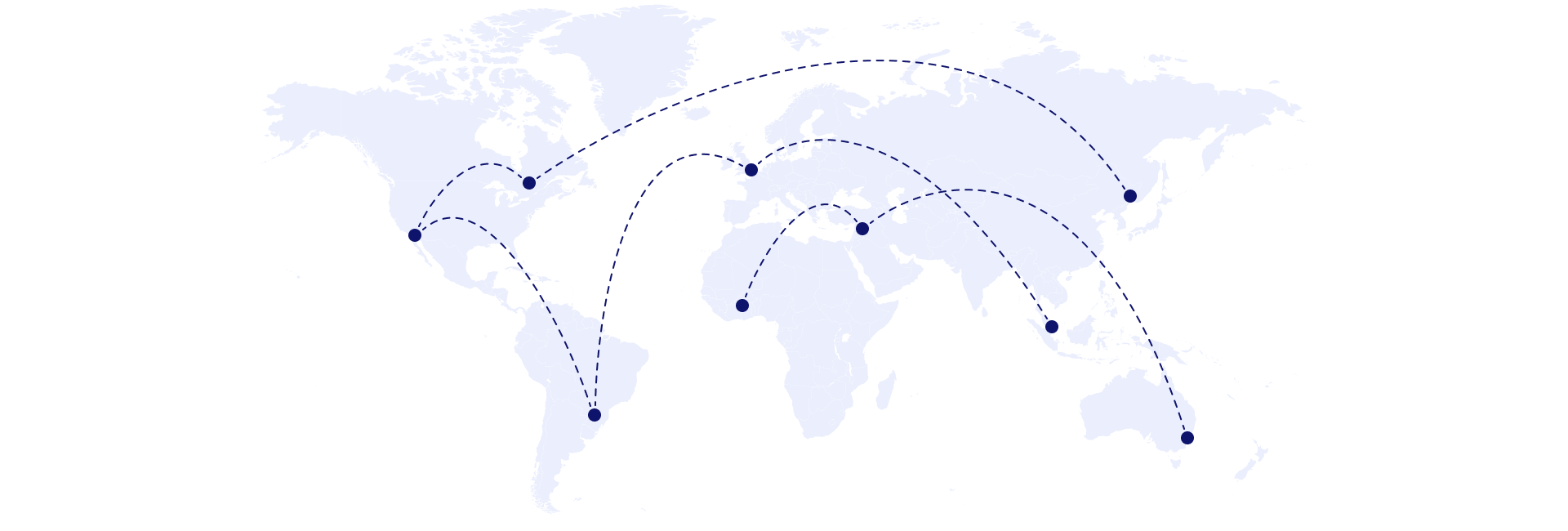
What our customers say about our services
